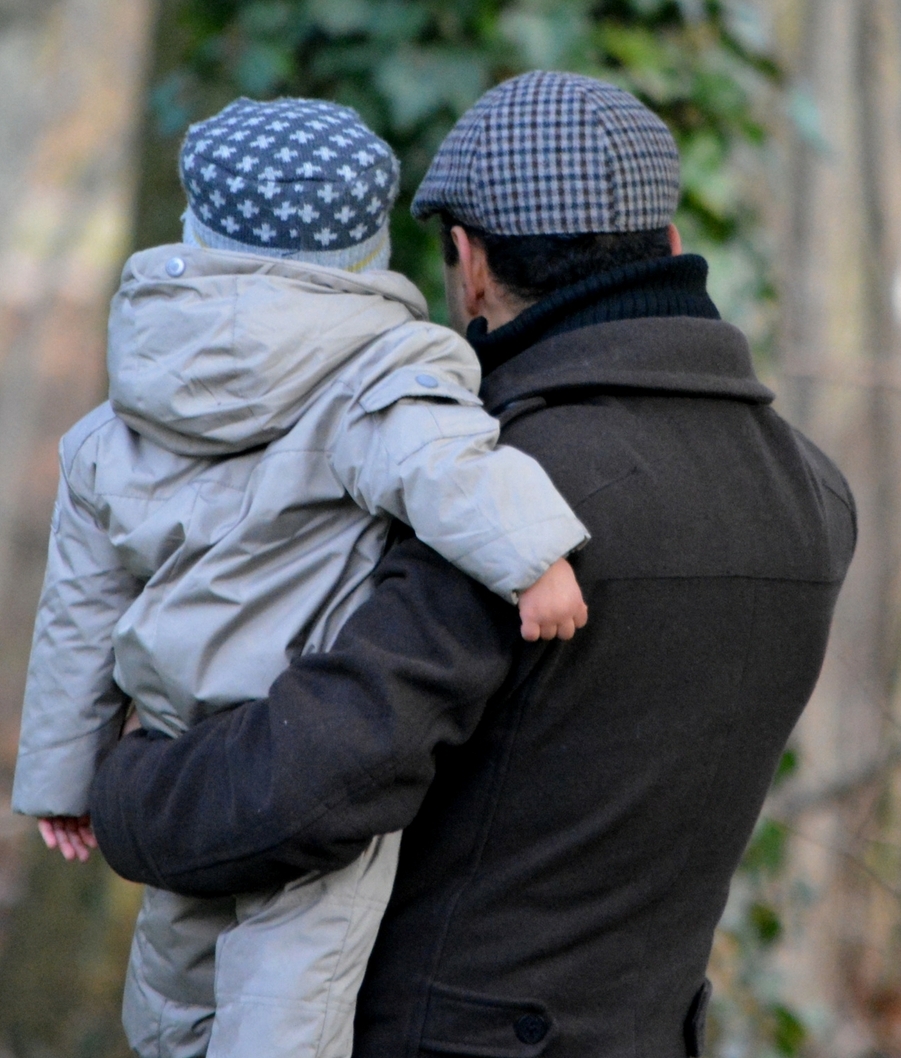Imitation is a big part of childhood. At every stage we learn by watching, listening and doing, playing hours of repetitive games, repeating countless jokes to each other and mimicking the words to songs, to name only a few ways that we imitate. We learn social rules by imitation, studying facial expressions and body language – and, not surprisingly, a big part of language is actually learned by imitation.
This post in the eardrops language series takes a close look at the importance of imitation when it comes to language learning in babies and young children.
Well before they know language, babies deliberately imitate facial expressions as well as the sounds, intonations and volume of what they hear, learning the pitch and contour patterns of their native language well before they understand individual words. Once the child becomes a toddler who can say a few words (and who understands many more), they really ramp up their efforts to imitate. Young children need to imitate the language they are hearing around them to help them understand how the components of language all fit together and to work out what it all means!
“Blocks fall” “Yes blocks fall down” “Blocks fall down”
Although it varies widely, about 20% of what toddlers say is imitation. The exact amount an individual child imitates is linked to how much the caregiver imitates the child. Yes you read that right. Caregivers play a vital role in the process, naturally modelling the language by playing games with their babies - like copying sounds, intonations and later, when the child is a toddler, their words. The trick is, they don’t imitate them back exactly – the adult generally extends the child ever so slightly each time, by modelling the right pronunciation and showing them other words they could use in the sentence. This isn’t a conscious process, but one that evolves within the child-caregiver relationship.
Adults imitate children back to extend their knowledge, and also to show that they understand what the child said.
Imitation helps with:
Comprehension
Imitation helps toddlers firm up their knowledge. Most of the meaning in a language is held within the way the sounds and symbols are combined. Children learn the language structure and the individual words through imitation.
Vocabulary Growth
Imitation is vital for the child’s growing mental dictionary. Children usually imitate something that’s a tiny bit too hard for them, which helps them learn. Children with older siblings tend to imitate less because big brother or sister jumps in to do the talking for them. There’s that birth order difference again!
So it’s not rocket science really, the notion that children imitate language while they’re deep in the process of learning it through these early years. Of particular interest though is that they don’t imitate everything they hear. This ‘selective imitation’ is a technique children use to learn more about the language. It is an active process where they choose exactly what to imitate – usually picking words that they may not fully understand or aren’t quite up to yet. A very young child might repeat the nouns in a sentence (‘cat’ ‘milk’) and later pick out one noun and extend on what is said (for example in response to “oh the cat’s at the door, she’s hungry” the child might say “cat” “door” “eat” showing that they understand the cat comes to the door at mealtimes). Children imitate themselves too, talking about words they understand. This ‘self-imitation’ is often a little boost they give themselves to take the leap from single word talking to stringing words together in short sentences. Expert Robert E. Owens Jr calls the strategy of selective imitation a type of ‘scaffolding’ that reduces the workload on the brain. Let’s face it those young brains are working so hard during these first few years! Experts can even take note of what words a child is imitating and understand where that child is at in their language journey.
Imitation tends to drop off from about 2 years old, as the child moves towards being a ‘preschooler’ (in terms of their language stage) rather than a ‘toddler’. This makes sense as they are delving right into the complex areas of language by this stage and need to bring in other strategies to help their learning. Language resources like the Eardrops stories are helpful to use when the child is at this stage. Download them here.
Mā te wā (until next time),
Liz xx
Next up:
Information for the Eardrops blog language series was guided and overseen by Dr Jayne Newbury, Researcher in Child Language (University of Canterbury), with the comprehensive information in Language Development: An Introduction by Robert E. Owens, Jr. (2015). This post was written by Liz Donnelly, creator of Eardrops, audio stories that help develop listening skills and improve everyday language in young children.

